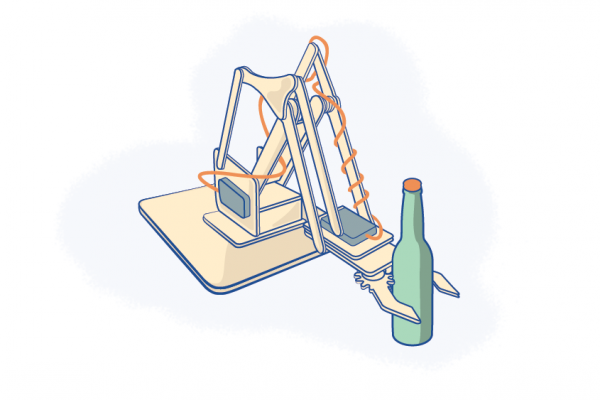New structural options from everyday materials
In recent years, the boundary between art and engineering has continued to blur with scientists and researchers turning their formidable minds toward traditional craft techniques. The results are starting to get quite exciting, with surprise breakthroughs such as the Japanese origami-inspired ‘zippered tube’ featured above demonstrating that there is still much to learn about how we use familiar materials.
This example highlights a novel process of combining thin flexible sheets of material that have precise cuts and folds in them. The location and combination of these elements enables the material to become rigid when assembled in specific configurations, gaining structural integrity far beyond the original material’s capacity.
The research that developed this construction technique emerged from a collaboration between University of Illinois grad student Evgueni Filipov, Georgia Institute of Technology professor Glaucio Paulino and professor Tomohiro Tachi from the University of Tokyo.
“…we’re starting to see how it has potential for a lot of different fields of engineering” – Evgueni Filipov
Filipov and his colleagues focus on an origami technique known as Miura-ori folding, where a tube is constructed from two precisely folded ziz-zag strips. Individually, the strips are highly flexible but when combined the resulting tube has a remarkable rigidity and controllable degree of compression or folding.
What does this mean for Ponoko users? While much of the focus in the origami research is currently centered around potential uses in architecture and for space exploration; many of the options from the Ponoko Materials Library would be a great fit for this approach to assembly and construction.


